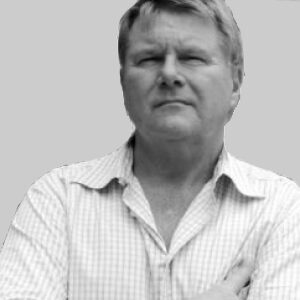Historically, it’s been assumed that the economic multiplier of a fiscal stimulus is about 0.5, but recent work indicates it can be much higher than this in depressed times, such as the current conditions, according to a research note by Amundi Asset Management.
In its latest research note in its ‘Thematic Views’ series, Amundi, the largest manager based in Europe, covers three themes: ‘Don’t Underestimate the Multiplier Effect’; ‘Emerging Markets – Navigating Among Several Shocks’; and, the ‘Fed’s QE – the Next Phase’.
The note was written by Didier Borowski, Amundi’s head of ‘global views’, and Pierre Blanchet, the head of ‘investment intelligence’.
They say there is near consensus among economists on the need to stimulate growth once the epidemic is under control. Numerous hysteresis effects will hamper the recovery, such as affected sectors, lack of confidence, and increase in household savings during the lockdowns.
Stabilisation plans will therefore gradually have to give way to growth stimulation plans, if only to anchor expectations of a recovery, they say. Moreover, the conclusions of the empirical literature on the scale of the multiplier effects have changed considerably since the early 2000s. Many empirical studies have shown since then that fiscal multipliers are likely to be larger when economic activity is very depressed.
“The rationale is quite straightforward,” the note says. “When economic activity is depressed and unemployment is high, household consumption depends more on current income than on future income, while business investment depends more on current profits than on future profits.
“Therefore, the multipliers are higher than in normal times and, in this case, are likely to be much higher than one time. This is especially the case when banks restrict credit and when households seek to reduce their debts quickly.”
In addition, multipliers are found to be significantly greater than when policy rates are at or near zero. Others have shown that under such conditions, budget multipliers can exceed three times.
If the fiscal multipliers are larger than in normal times while growth projections implicitly assume they are the same, then economists, and investors with them, might underestimate the strength of the recovery in 2021-22. Although the shape of the recovery is more likely to be a ‘U’ with a long base than a ‘V’, the subsequent growth trend might be stronger than expected due to the leveraged effect of multipliers on budgetary measures.
This could have implications for corporate earnings in two or three years, and on the recovery path of stock dividends. Among identified market dislocations1, forward dividends have actually been the most affected by the recent sell-off, particularly in Europe.
“Dividends have been under significant pressure since the outbreak of Covid-19 for fundamental and technical reasons. The most obvious factor is the massive revision of corporate earnings, which has led to dividend cuts or cancellations. Yet, historically, DPS are far less volatile than EPS, and tend to fall by about half during recessions.”
In Europe, however, banks have been asked by the regulator to cut their 2020 dividends (based on 2019 profits) in order to increase their capital base. Moreover, companies that have benefited from state guarantee schemes as well as those in directly exposed sectors have also cancelled their dividends. Market implied dividends have been hurt by selling flows from investment banks on forwards during the more acute phase of the equity crash, Amundi says.
“Consequently, expectations for European stock dividends look like an ‘L’-shape scenario that is far darker than Amundi’s downside scenario on earnings. If multiplier effects lead to a stronger scenario, chances are that corporations will resume their dividends earlier than expected. We believe that income strategies that are actively focusing on dividend recovery will provide an interesting risk/reward profile over the next two to three years.”
– G.B.


